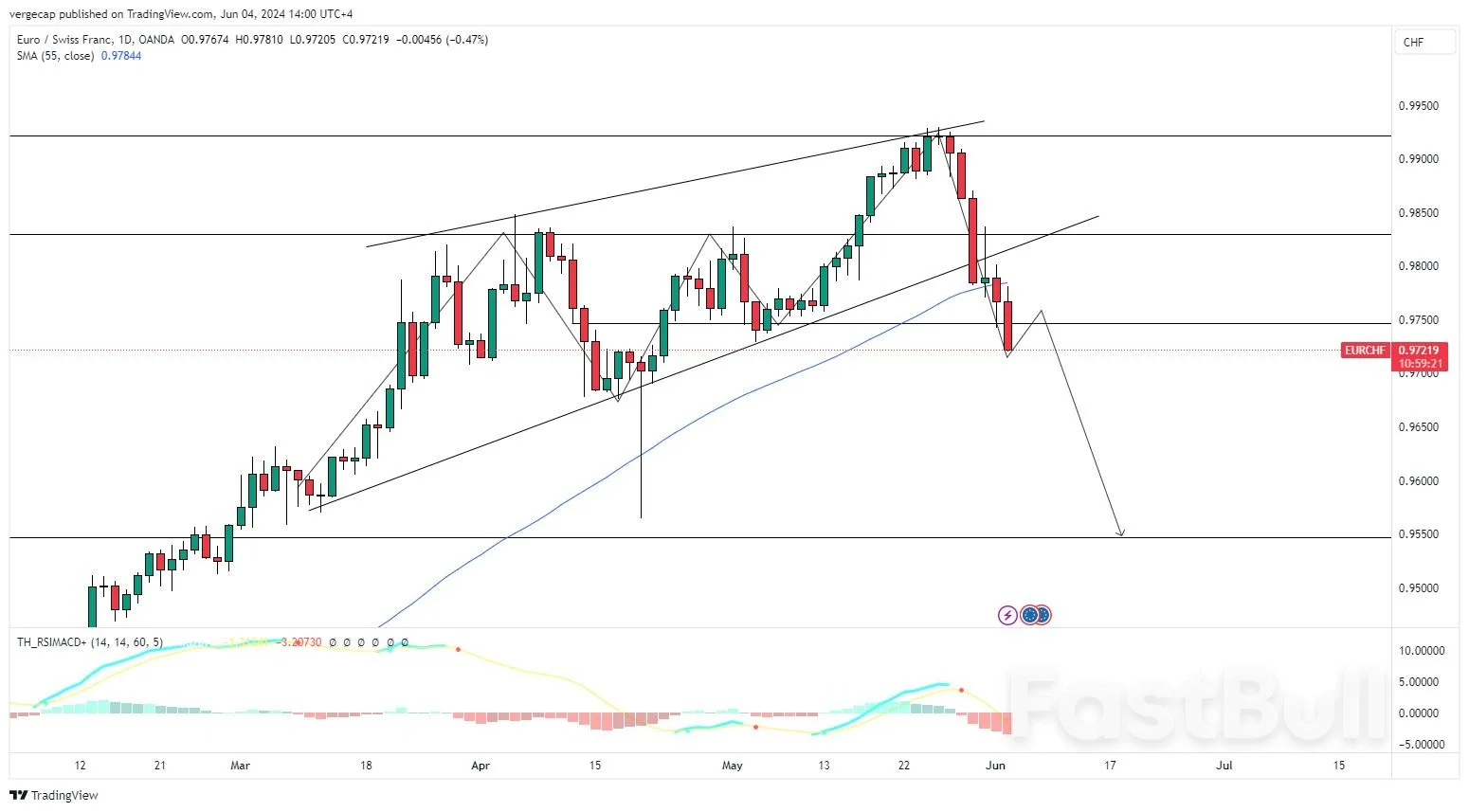As the International Monetary Fund (IMF) maintains stringent conditions, akin to those imposed on other developing nations, sources within the finance ministry indicate a potential substantial cut of Rs375 billion in subsidies for Pakistan’s energy sector in the upcoming fiscal year.
This move implies further escalations in electricity and gas tariffs for domestic consumers, already grappling with unprecedented levels of inflation.
The relentless surge in energy prices has pushed the cost of conducting business to unsustainable levels, particularly impacting numerous industrial units struggling to endure.
Compounded by interest rate hikes, with borrowing costs reaching a staggering 22 percent, the economic landscape is marred by stagnation in existing businesses and a dearth of incentives for new ventures.
Despite the absence of interest rate hikes since June last year, the State Bank of Pakistan’s policy stance against rate cuts exacerbates the predicament for entrepreneurs advocating for reduced borrowing expenses.
The amalgamation of heightened energy tariffs and interest rates underscores the current economic challenges, stifling expansion opportunities for existing enterprises and discouraging the establishment of new ones.
Planned subsidy reductions are poised to exacerbate and sustain inflation, consequently delaying anticipated interest rate cuts, as vehemently demanded by stakeholders.
Nonetheless, Islamabad’s urgency for another IMF agreement necessitates compliance with the stringent conditions outlined by the Washington-based lender. This includes privatization mandates for the financially troubled state-owned entities (SOEs), with the disposal of the national flag carrier – PIA – earmarked as a primary transaction.
Regarding the proposed subsidy allocations for 2024-25, estimations suggest a total sum of approximately Rs600 billion.
Further disbursement breakdowns indicate potential beneficiaries such as independent power plants (IPPs), power distribution companies (Discos), and K-Electric under various tariff differential schemes.
Additionally, consumers in Azad Kashmir and the erstwhile tribal regions, along with tube-wells in Balochistan utilized for agricultural purposes, are slated to continue receiving subsidized electricity.
Moreover, a portion of the subsidy may be allocated for K-Electric under an industrial support package.



